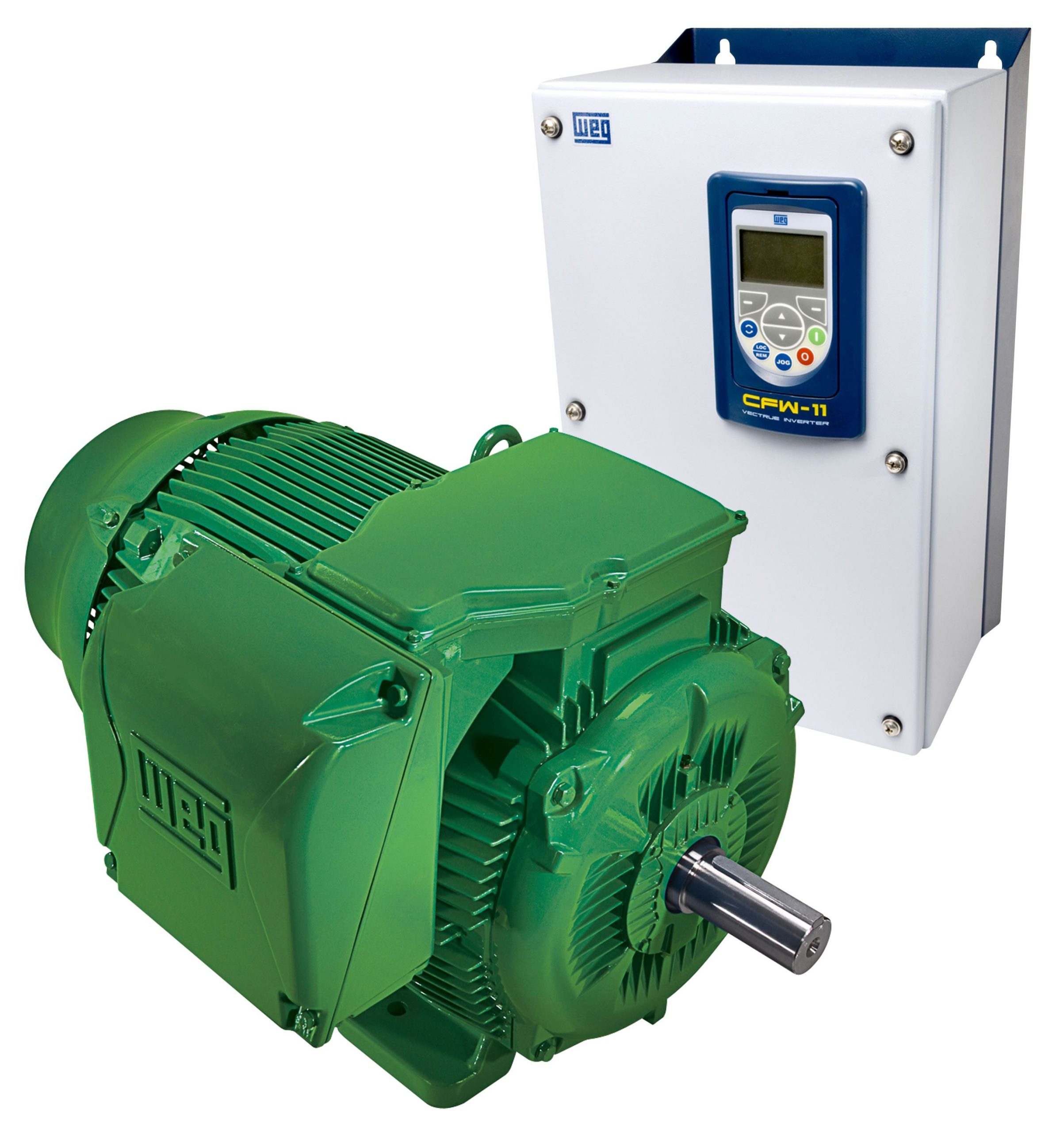During startup, motors draw substantial amounts of electric current. This can cause voltage dips, potential damage to other components and the motor itself —reducing its operational lifespan. There are various ways to start a motor, and choosing the right method is crucial to ensure it operates efficiently. Here, David Strain, technical director of systems integrator, Technidrive, explains the three primary starting methods — direct online (DOL) starter, soft starter and variable speed drive (VSD) — and how to choose the best one.
The three primary motor starting methods, DOL starter, soft starter and VSD, each have their own advantages. Choosing the right method depends on the type of application, requirements of the mechanical system and costs — both for the initial installation, and over the lifecycle of the system. Understanding when, and why, to use these methods is essential for efficient and reliable motor operation.
Direct online starters
A DOL starter is the simplest and most cost-effective choice for starting a motor and utilises a direct connection from the power source to the motor. This method is ideal for smaller loads due to the potential issue of high starting current, which can be up to ten times the motor’s normal running current. For example, high starting current can lead to a significant voltage drop in the electrical supply system, mechanical stress on the motor, power quality issues or increased heating in the motor windings.
When considering a DOL starter, it is crucial to consider the power supply limitations as the initial surge in current can be quite substantial. DOL starters are best used as a simple and economical starting method, and where power supply constraints on starting current are not a concern.
Soft starters
A soft starter is an electronic device that gradually regulates the voltage supplied to the motor during startup. By smoothly ramping up the voltage, rather than an immediate start, the motor can initiate without experiencing excessive current flow. Constraining the initial surge of current diminishes the mechanical impact of excessive current flow on the motor, delivering a smoother and gradual acceleration to reach full speed.
Although soft starters are more expensive compared to DOL starters, they are widely used due to their convenience and simplicity. They generally are used for applications where a smooth and controlled start is required — extending the lifespan of the motor and associated equipment by reducing mechanical stress.
Soft starters are recommended for large motors, as they limit high inrush currents and therefore mitigate risks of supply network issues or penalty charges. The devices provide a valuable solution in situations requiring a gradual and controlled startup to prevent torque spikes and mechanical tension, as seen in conveyors, belt-driven systems, gears, couplings and similar equipment. Soft starters also play a vital role in avoiding pressure surges or hammering in piping systems, ensuring a smooth transition when there is a rapid change in fluid speed.
Variable speed drives
Lastly, a VSD is a motor control device that protects and controls the speed of an AC induction motor. It does so by converting constant frequency and voltage input power into an adjustable frequency and voltage source.
VSDs are incredibly versatile and often used in process applications where precise speed control is essential — for instance, maintaining a constant pressure or flow. The devices are favoured in applications where customised control is necessary such as in pumping systems, compressors and conveyors.
Indeed, VSDs can support significant energy savings by allowing motors to operate at variable speeds, adjusting the flow of current to significantly reduce overall energy consumption. The energy conservation advantages of VSDs are particularly evident when operating fans and pumps. By dynamically adjusting motor speed, VSDs optimise performance at partial loads, allowing precise control and efficient operation even when demand is lower in these applications.
So, which motor starting method should you choose — a DOL starter, soft starter or VSD? Soft starters are generally more compact and cost-effective compared with VSDs. Nevertheless, VSDs offer significant energy efficiency, Total Cost of Ownership (TCO) advantages and are more versatile. Indeed, the fully adaptable speed capabilities of VSDs are essential in applications involving pumps, fans, and conveyors.
Nevertheless, VSDs can be two to three times more expensive than soft starters. For applications that require current limiting during startup only, rather than continuously throughout the motor’s day-to-day operation, a soft starter may be a more economical decision. DOL starters are more cost-effective still and are most effective when employed as a straightforward means of initiating motor operation, particularly in situations where limitations on the initial current during startup are not a significant consideration.
Choosing the right motor starting method involves matching its features, benefits and cost to the requirements of your application. Each option — DOL starter, soft starter or VSD — has a part to play in optimising motor performance, enhance equipment longevity and minimising energy consumption. Put simply, the right start makes all the difference.
For a consultation on the correct motor starter choice for your application, or information on Technidrive’s motor product range, visit our website.


